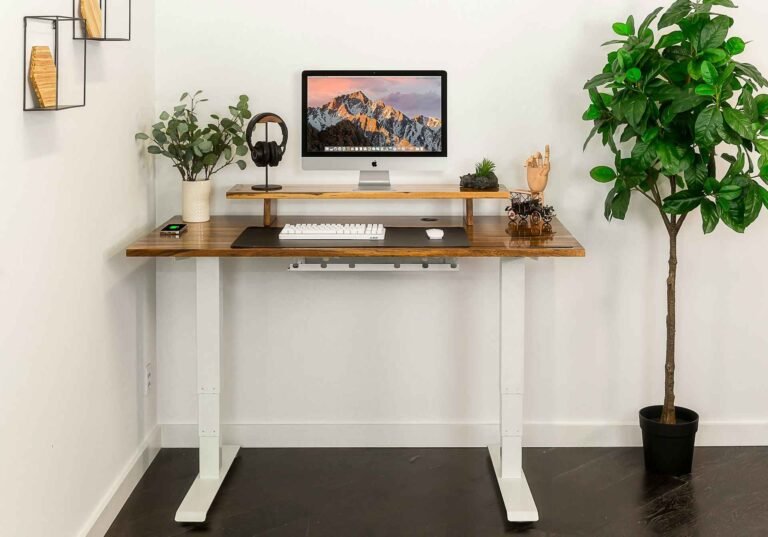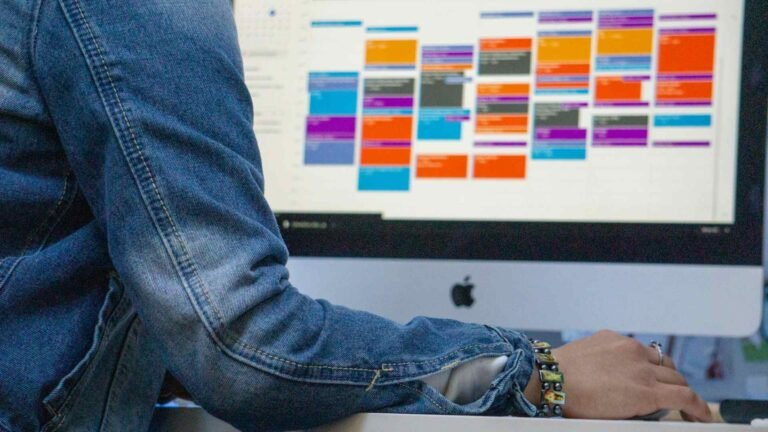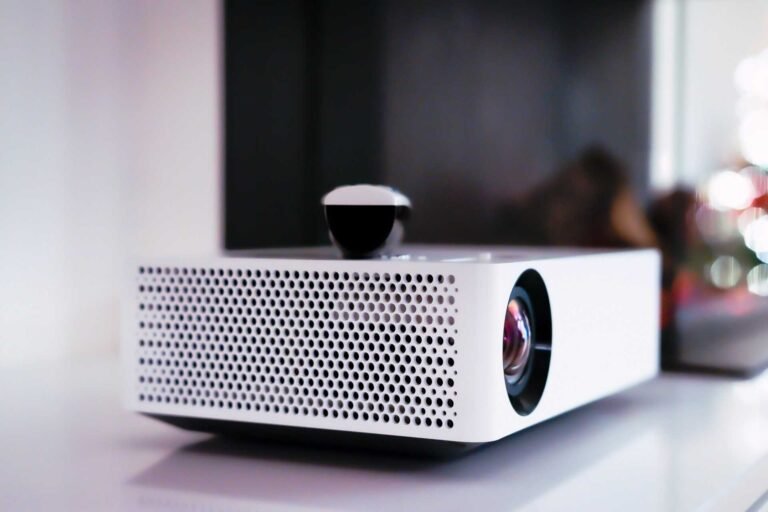How to Use a Balance Board: A Beginner’s Guide to Workplace Stability
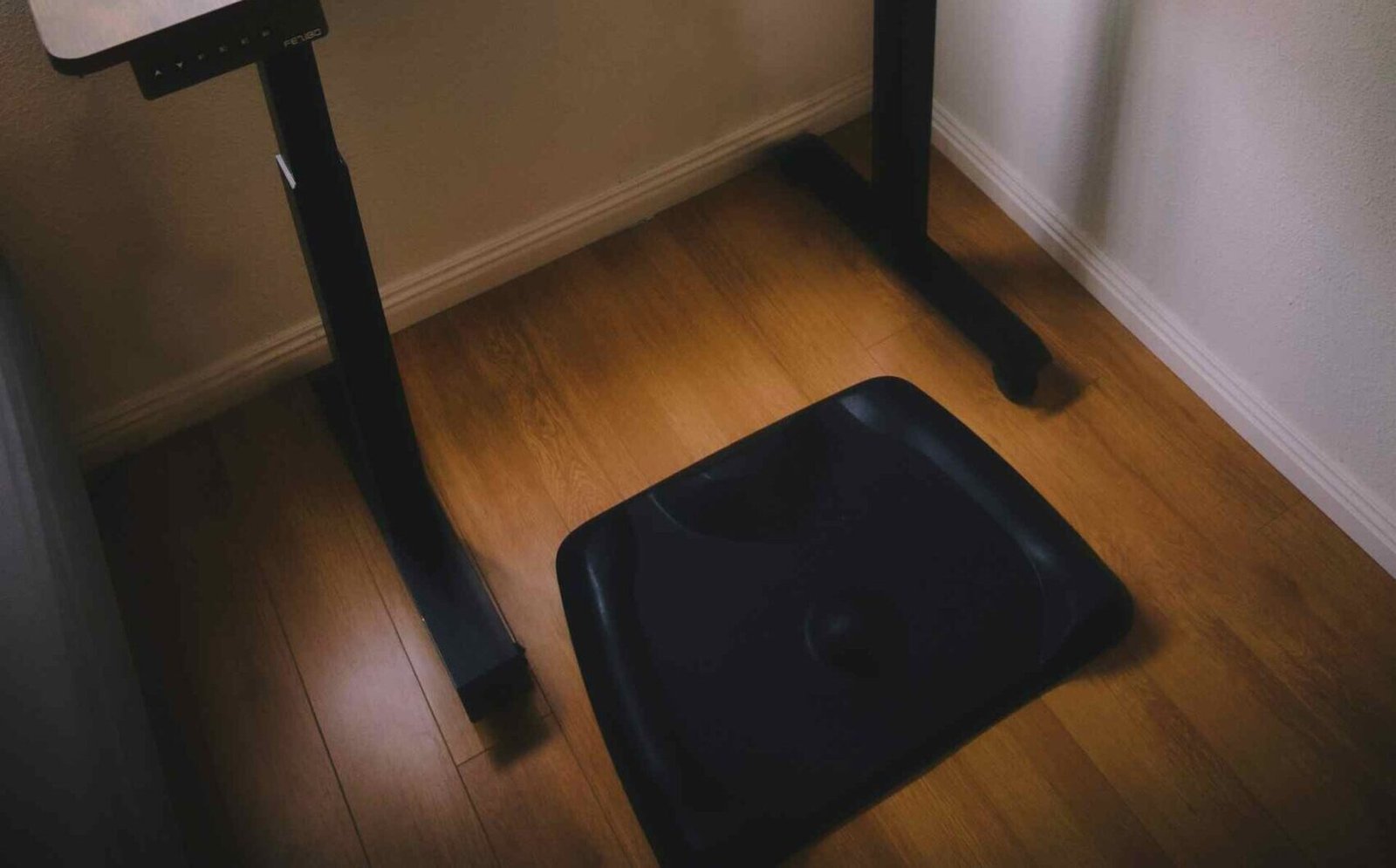
Ever found yourself shifting from foot to foot during those long standing desk sessions, feeling like your legs might just give up on you? You’re definitely not alone in this struggle. The modern workplace has us all trying to figure out how to stay healthy while being productive, and that’s exactly where balance boards come into play as game-changers for our daily routines.
Think of balance boards as your secret weapon against the monotony of static standing. These clever little platforms transform your workspace into a subtle fitness zone, keeping your body engaged while your mind tackles those important tasks. Whether you’re dealing with standing desk fatigue or looking to add some movement to your work routine, learning how to use a balance board properly can revolutionize your entire workday experience.
What Makes Balance Boards So Special for Your Workspace?
Balance boards aren’t just trendy office accessories, they’re scientifically backed tools that address real workplace challenges. When you stand on a traditional flat surface for hours, your muscles essentially go into standby mode. Your feet get tired, your back starts aching, and your focus begins to wander. But introduce a balance board into the equation, and suddenly your body has to constantly make tiny adjustments to maintain stability.
These micro-movements are what make all the difference. Your core muscles engage automatically, your leg muscles stay active, and your brain receives constant sensory feedback that actually helps improve concentration. It’s like having a personal trainer quietly working with you throughout the day, except this trainer never tells you to do burpees.
The beauty of balance boards lies in their simplicity combined with effectiveness. You don’t need to change your entire work routine or invest in expensive equipment. You simply step onto the board and let your body do what it naturally wants to do, move and adapt.
How Do You Use a Balance Board: The Step-by-Step Approach
Getting Started: Your First Steps
Starting with a balance board might feel a bit wobbly at first, and that’s completely normal. How do you use a balance board without feeling like you’re auditioning for a circus act? The key is gradual progression and building confidence one step at a time.
Begin by placing your balance board on a flat, stable surface near a wall or your desk for support. This gives you something to hold onto while you get familiar with the sensation. Step onto the board with one foot first, keeping most of your weight on your planted foot on the ground. This allows you to feel how the board responds without committing your full body weight immediately.
Once you’re comfortable with partial weight bearing, gradually shift more weight onto the board while stepping up with your second foot. Keep your knees slightly bent, this isn’t a balance beam performance, so rigid posture will actually work against you. Your body should feel relaxed yet engaged, like you’re ready to catch yourself if needed.
Finding Your Balance Sweet Spot
Every balance board has its own personality, and part of learning how to use the balance board effectively is discovering how yours behaves. Some boards have a gentle rocking motion, while others offer more dynamic movement patterns. Standing desk accessories with ergonomic designs often provide the perfect starting point for workplace use.
The key is finding your center of gravity and then allowing small, controlled movements rather than fighting against the board’s natural motion. Think of it like dancing with a partner, you need to feel the rhythm and respond accordingly rather than trying to force specific movements.
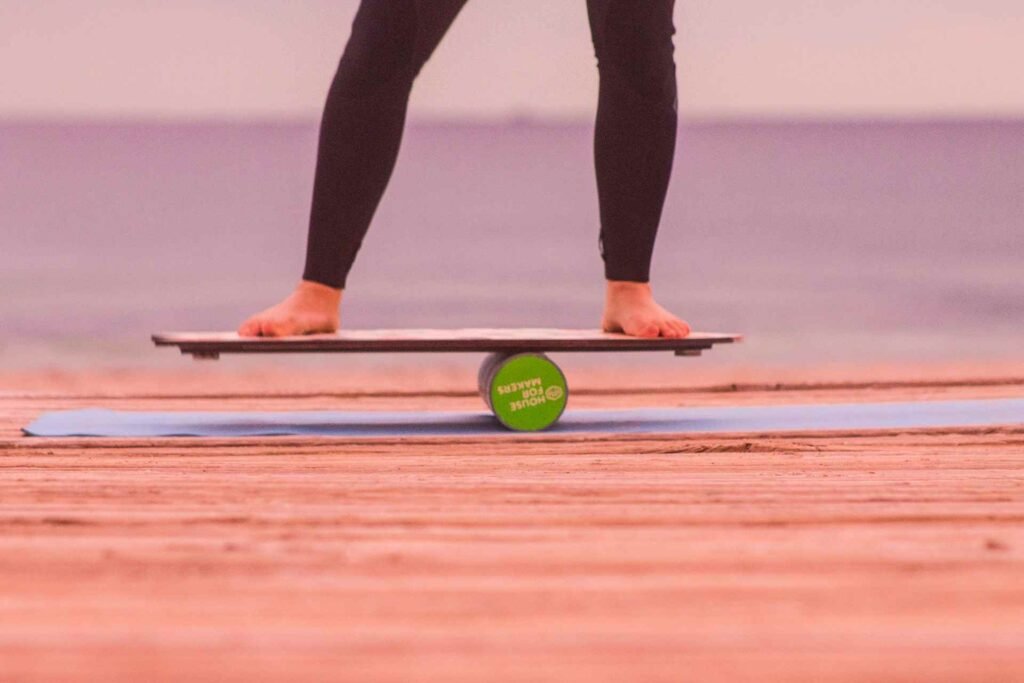
Your feet should be positioned comfortably apart, roughly shoulder-width, with your weight distributed evenly. Avoid gripping with your toes or creating tension in your feet. Instead, let your feet rest naturally on the surface while your leg and core muscles do the stabilizing work.
Building Confidence Through Practice
How to use a balance board becomes second nature with consistent practice, but you don’t need to dedicate hours to master it. Start with short 5-10 minute sessions and gradually increase the duration as your stability improves. Ergonomic office solutions work best when introduced progressively into your routine.
During your practice sessions, try different activities while balancing. Start with simple tasks like checking emails or reading documents. As your confidence grows, you can tackle more complex work that requires greater concentration. Many people find that the gentle movement actually helps them focus better than static standing.
Don’t worry about looking graceful initially. Everyone starts somewhere, and even the most experienced balance board users had their wobbly moments in the beginning. The important thing is consistency and patience with yourself as your body adapts to this new way of standing.
Different Types of Balance Boards for Different Needs
Rocker Boards: The Gentle Giants
Rocker boards move in a seesaw motion, typically from front to back or side to side. These are excellent for beginners because the movement pattern is predictable and controlled. Anti-fatigue workspace solutions often feature this design because it provides enough movement to keep muscles engaged without being overwhelming for extended use.
The rocking motion naturally encourages proper posture by engaging your core muscles and promoting slight weight shifts. This makes them ideal for people who spend long hours at standing desks and want to reduce fatigue without creating distraction from their work.
Wobble Boards: The All-Direction Challengers
Wobble boards offer 360-degree movement, creating a more dynamic balancing experience. Circular balance trainers provide this type of motion and are particularly effective for improving overall stability and coordination.
These boards require more active engagement from your stabilizing muscles since you can’t predict which direction the movement will occur. While this makes them more challenging initially, many users find the unpredictable movement patterns keep their workday more interesting and engaging.
Standing Desk Balance Boards: The Workplace Specialists
Specifically designed for office environments, these boards often feature longer platforms to accommodate both feet comfortably and gentler movement ranges suitable for extended use. Specialized standing desk boards frequently include additional features like massage elements or anti-fatigue surfaces.
These boards prioritize functionality over intense balance challenges, making them perfect for people who want to add movement to their workday without turning their office into a balance training facility.
Balance Board Benefits That Will Transform Your Workday
Physical Health Improvements
The physical benefits of regular balance board use extend far beyond just leg strengthening. When you engage your stabilizing muscles throughout the day, you’re essentially doing low-intensity exercise without dedicating separate workout time. Your core muscles, which are crucial for good posture and back health, receive constant gentle activation.
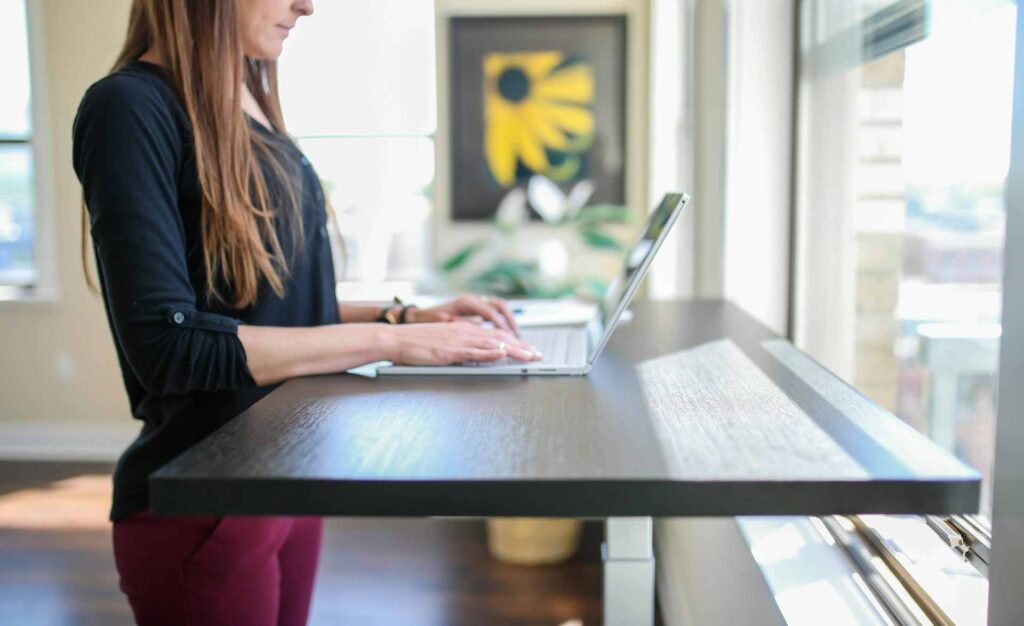
Many users report reduced lower back pain after incorporating balance boards into their standing desk routine. This makes sense because the constant micro-adjustments help prevent the muscle stiffness and joint compression that comes from static standing positions.
The improved circulation from continuous movement also helps prevent the leg swelling and fatigue that many standing desk users experience. Instead of blood pooling in your lower extremities, the gentle movement helps maintain healthy circulation patterns throughout your workday.
Mental and Cognitive Benefits
Here’s where balance boards get really interesting from a productivity standpoint. The proprioceptive feedback, basically your body’s awareness of where it is in space, that balance boards provide actually stimulates brain activity in ways that can enhance focus and concentration.
The gentle challenge of maintaining balance engages your nervous system just enough to keep you alert without being distracting. Many users find they can focus better on complex tasks when using a balance board compared to static standing or sitting. It’s like the movement provides just the right amount of stimulation to keep your brain in an optimal state of alertness.
Improved Posture and Body Awareness
Regular balance board use naturally improves your proprioception and body awareness. You become more conscious of your posture and positioning throughout the day, not just when you’re on the board. This increased awareness often carries over into better posture habits even when you’re sitting or walking.
The constant engagement of your core muscles also strengthens the muscle groups responsible for maintaining good posture. Over time, good posture becomes less effortful and more automatic as these stabilizing muscles become stronger and more responsive.
Common Balance Board Mistakes and How to Avoid Them
The Tension Trap
One of the biggest mistakes beginners make is creating unnecessary tension throughout their body. When people feel unstable, their natural response is to tense up and try to muscle their way to stability. This actually makes balancing harder and more tiring.
Instead of fighting the board’s movement, learn to work with it. Keep your muscles engaged but not rigid. Think of it like riding a bike, you need to be responsive and adaptive rather than stiff and controlling. Workspace wellness accessories often work best when users understand the importance of dynamic rather than static positioning.
Overdoing It Too Quickly
Enthusiasm is great, but trying to use a balance board for your entire 8-hour workday on the first attempt is a recipe for fatigue and frustration. Your stabilizing muscles need time to build endurance, just like any other form of exercise.
Start with short sessions and gradually increase duration. Listen to your body and take breaks when needed. It’s better to use the board for shorter periods consistently than to burn out with overly ambitious sessions that leave you sore and discouraged.
Ignoring Your Work Environment
Not all balance boards are suitable for every workspace situation. Consider your flooring type, available space, and the nature of your work tasks. Office lights might need adjustment when you add movement to your workspace, as your viewing angle and distance from your screen may change slightly.
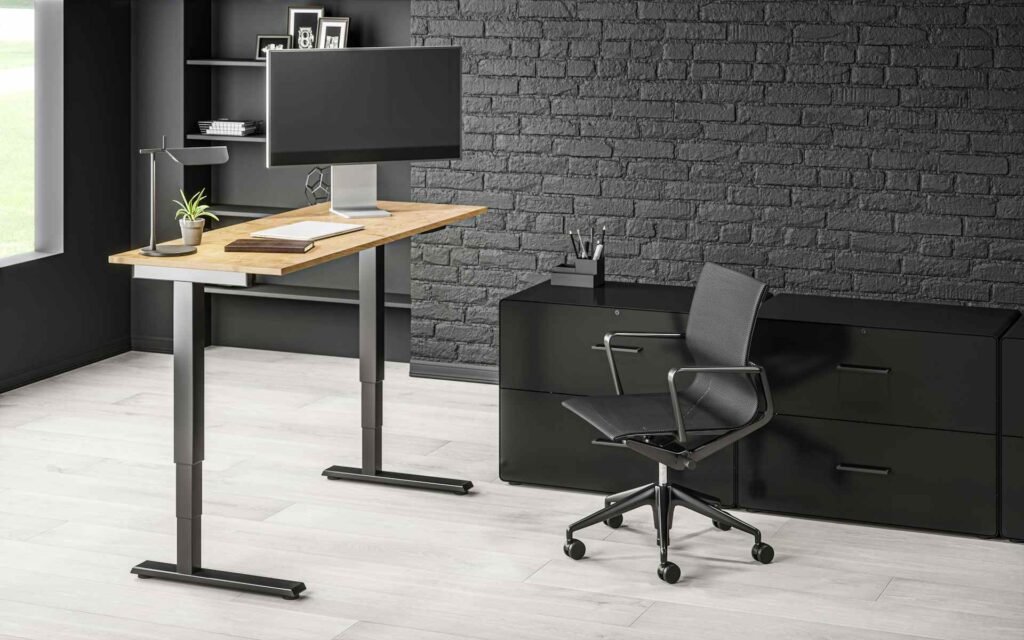
Setting Up Your Workspace for Balance Board Success
Optimizing Your Standing Desk Height
When you add a balance board to your standing desk setup, you might need to make small adjustments to your desk height. The board will typically add 2-4 inches to your standing height, which can affect your monitor positioning and keyboard placement.
Your elbows should still maintain a comfortable 90-degree angle when typing, and your monitor should be at eye level to prevent neck strain. Monitor positioning accessories like monitor arms become even more important when you’re incorporating movement into your workspace setup.
Creating a Safe Balance Board Zone
Ensure you have adequate space around your balance board area. You should be able to step off the board easily in any direction without obstacles. Keep the area clear of cords, small objects, or anything that could create a tripping hazard.
Consider the noise factor as well, especially in shared office spaces. Most quality balance boards operate quietly, but some movement and adjustment sounds are normal. Your workspace temperature should account for the fact that movement generates slightly more body heat than static standing.
Balance Board Exercises and Movements for the Workplace
Gentle Rocking Patterns
Start with simple front-to-back rocking motions while performing routine tasks like reading emails or reviewing documents. This basic movement pattern helps engage your calf muscles and improves circulation without creating distraction from your work.
Side-to-side movements target different muscle groups and can help prevent repetitive strain from maintaining the same position. Alternate between different movement patterns throughout your workday to keep various muscle groups engaged and prevent fatigue.
Task-Specific Balance Challenges
Different work tasks can pair well with different balance board movements. During phone calls or video conferences where you’re primarily listening, you might use more dynamic movements. When concentrating on detailed work, subtle weight shifts might be more appropriate. Maintain proper hand and wrist positioning while allowing your lower body to stay active and engaged.
Progressive Skill Building
As your balance and confidence improve, you can gradually introduce more challenging movements or longer duration sessions. Some users eventually work up to using their balance board for several hours at a time with breaks as needed.
The goal isn’t to make your workday into a balance training session, but rather to maintain enough movement and muscle engagement to prevent the negative effects of prolonged static positioning.
Troubleshooting Common Balance Board Challenges
Dealing with Fatigue
If you experience excessive fatigue during balance board use, you’re probably pushing too hard too quickly. Scale back the duration and intensity of your sessions. It’s normal for your legs and core muscles to feel tired initially as they adapt to the new demands.
Supportive foot rests can provide relief during transition periods when your body is adapting to regular balance board use.
Managing Distraction
Some people find the movement initially distracting from their work tasks. This usually improves with practice as the balancing becomes more automatic. Start with less demanding tasks while you’re learning, then gradually work up to more complex activities.
Addressing Discomfort
Minor muscle soreness is normal when starting any new physical activity, including balance board use. However, sharp pains or joint discomfort should not be ignored. Make sure your board is appropriate for your fitness level and consider consulting with a healthcare provider if you have specific concerns.
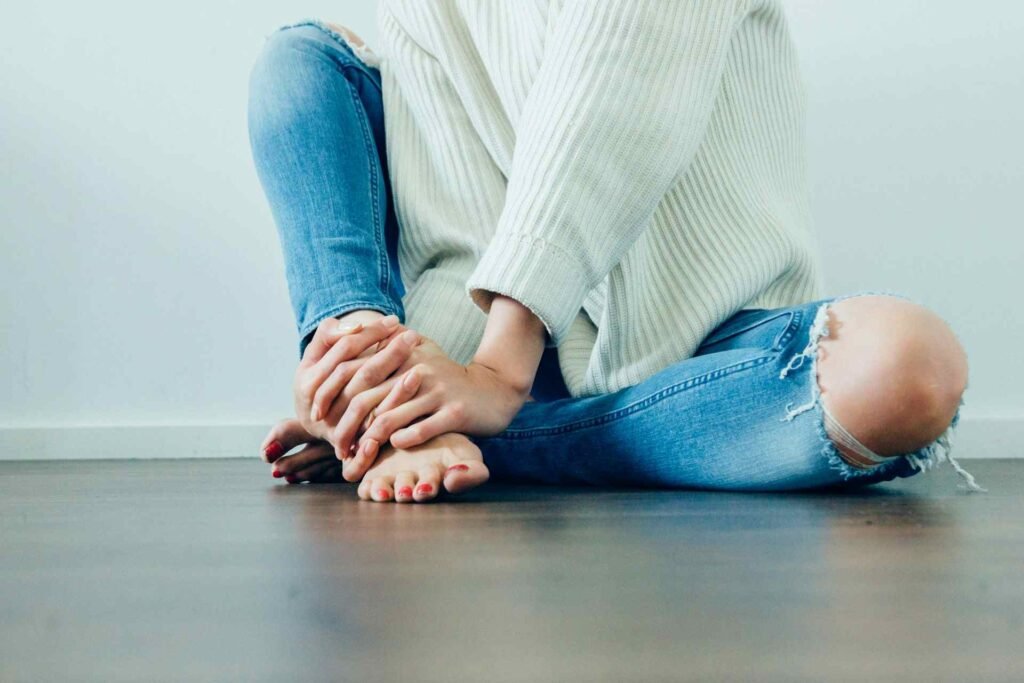
Balance Board Maintenance and Care
Keeping Your Board in Top Condition
Regular cleaning and inspection help ensure your balance board remains safe and effective. Check for wear on the contact points and ensure the non-slip surfaces maintain their grip effectiveness.
Workspace maintenance extends to all equipment, including balance boards. Proper storage when not in use and regular cleaning help maintain both functionality and hygiene in shared office environments.
When to Replace or Upgrade
Like any piece of equipment, balance boards have a lifespan. Signs that it might be time for replacement include excessive wear on contact surfaces, loss of stability in the balancing mechanism, or changes in your needs that require different features.
Frequently Asked Questions
How long should I use a balance board each day?
Start with 10-15 minute sessions and gradually increase duration based on your comfort level. Many people eventually use balance boards for several hours throughout their workday, but this should be a gradual progression over weeks or months.
Can balance boards help with back pain?
Many users report reduced lower back pain after incorporating balance boards into their routine. The constant engagement of core muscles and the prevention of static positioning can help alleviate some types of back discomfort. However, persistent pain should always be evaluated by a healthcare professional.
Are balance boards noisy in office environments?
Most quality balance boards operate very quietly. You may hear some subtle movement sounds, but they’re typically much quieter than typing or normal office activities.
How do I know if I’m using the balance board correctly?
Correct usage feels engaging but not exhausting. You should feel your muscles working without strain, and the movement should feel controlled rather than chaotic. If you’re experiencing pain or extreme fatigue, you may need to adjust your technique or reduce session duration.
Can I use a balance board if I have ankle or knee problems?
People with joint issues should consult with their healthcare provider before starting balance board use. While many people with minor joint concerns find balance boards beneficial, individual medical conditions require personalized advice.
What’s the difference between a balance board and a standing desk mat?
Balance boards provide active movement and balance challenges, while standing desk mats primarily offer cushioning and anti-fatigue benefits. Anti-fatigue boards can sometimes combine both features, offering cushioning along with gentle movement capabilities.
Making Balance Boards Work for Your Lifestyle
The journey of learning how to use a balance board effectively is really about discovering how movement can enhance rather than complicate your work life. It’s not about achieving perfect balance or turning your office into a gymnasium, it’s about finding sustainable ways to keep your body engaged and healthy throughout your workday.
The beauty of balance boards lies in their simplicity and adaptability. Whether you’re dealing with standing desk fatigue, looking to improve your posture, or simply wanting to add some movement to your routine, these versatile tools can adapt to your specific needs and goals.
Remember, the best balance board routine is the one you’ll actually stick with. Start small, be patient with yourself, and focus on consistency rather than perfection. Your body will thank you for the movement, your mind will appreciate the enhanced focus, and your workday will become more dynamic and engaging. Who knew that a simple piece of equipment could make such a significant difference in how we approach our daily work routine?
Looking for more? Check out our productivity tools category for more articles and guides that may interest you!
Featured image credit: Photo by Venti Views on Unsplash
This content is for informational purposes only. Please verify current information directly on the retailer’s site before purchasing.



